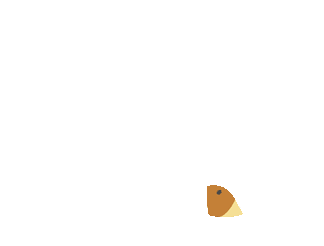
This website is to provide sample lessons for explicit reading instruction. The lessons were designed for small group instruction within a classroom setting for young or beginning readers. However the lessons can be modified to accomadate whole class instruction or for individual instruction with a student. Please feel free to email me any questions you may have, my email is linked to my name at the top of the website.
Enjoy!
About this Website


Emergent Literacy Design
This lesson will help children identify /t/, the phoneme represented by T. Students will learn to recognize /t/ in spoken words by learning through the representation (tapping fingers) and the letter symbol T. Students will practice finding /t/ in words, and apply phoneme awareness with /t/ in phonetic cue reading by distinguishing rhyming words from beginning letters.
Growing Independency and Fluency Design
This lesson will help student practice reading and rereading texts in order for them to become more fluent readers. Fluency allows readers to focus on comprehending a text and can be recognized as faster, smoother, more expressive reading with automatic word recognition. Fluent readers read quickly, automatically, and with expression. This lesson will help students gain the ability to read fluently through silent reading and rereading the text with a partner and improvements will be measured using the formula: (words read x 60/seconds), then tracked with a fun fluency chart.
Beginning to Read Design
This lesson teaches children about the short vowel correspondence u=/u/. In order to be able to read, children must learn to recognize the spellings that map phonemes in spoken words. In this lesson children will learn to recognize, spell, and read words in which u=/u/. They will learn a meaningful representation (a boxer saying “uh, uh” while hitting a boxing bag), they will act this out themselves, giving them a fun physical visual to remember by, they will spell and read words containing this spelling in a Letterbox lesson, and read a decodable book that focuses on the correspondence u=/u/.
Reading to Learn Design
Reading is the initial step for students to learn new information. In order to become better readers, we must truly understand what we are reading. One way to for beginning readers to improve comprehension is to learn how to summarize. To summarize is to take all of the important details and main ideas out of a text and combine them in a way that explains the story to someone who has not read it. This lesson helps students learn how to find those main ideas and key details in a text by having the teacher model summarization and then by summarizing themselves. The teacher will show the strategy of summarizing by explicitly modeling how to pick out important details and eliminate unimportant ones, and then guide students through summarizing their own passages. The students will be assessed on their summarization skills through comprehension questions.

Our Lessons




Disclaimer:
This website contains lesson plans designed for CTRD 3000 created by an elementary education major at Auburn University.
Click to return Handoffs


